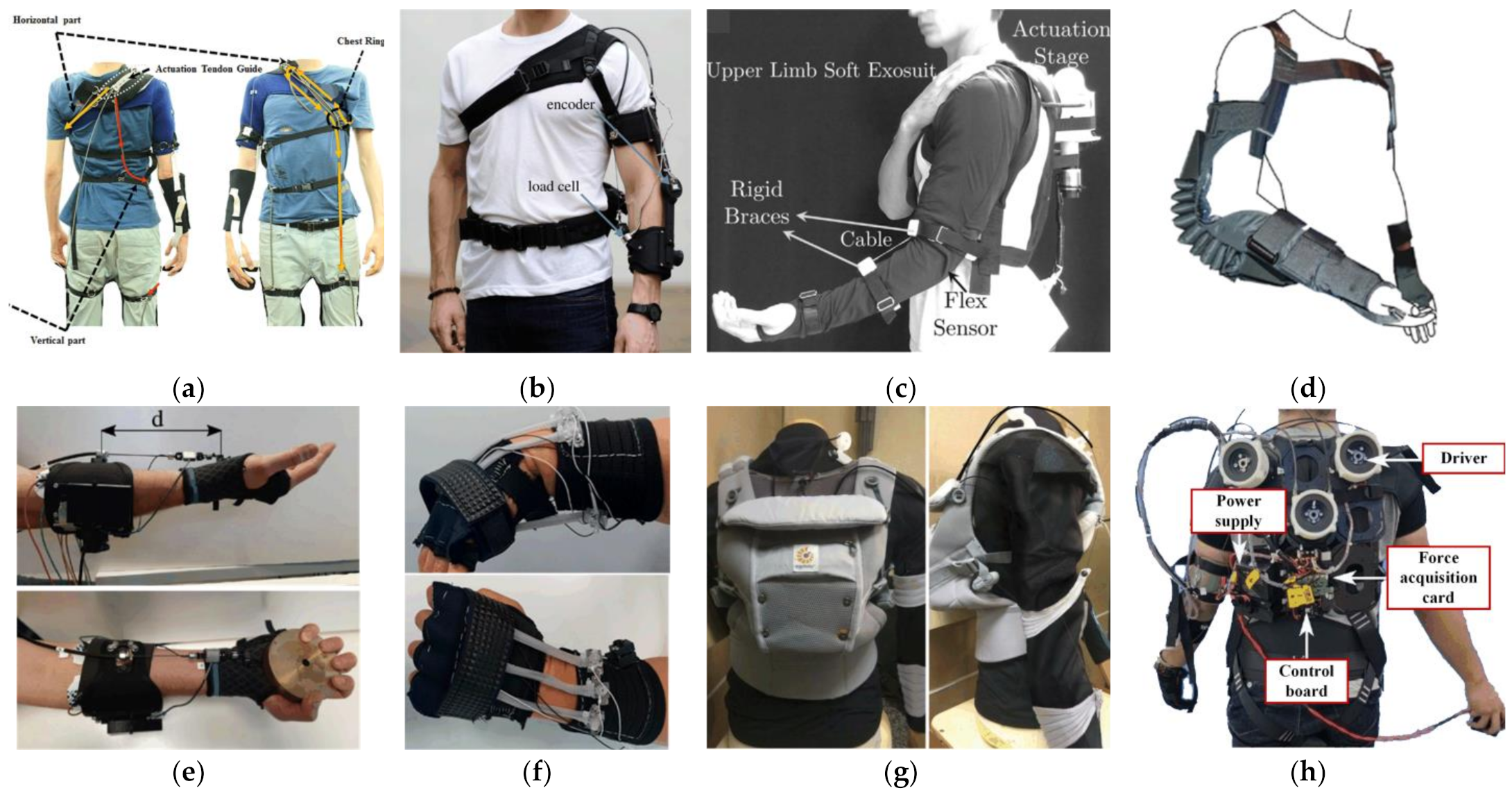-
Новости
- ИССЛЕДОВАТЬ
-
Страницы
-
Группы
-
Мероприятия
-
Статьи пользователей
-
Offers
-
Jobs
-
Courses
Exoskeleton Innovation 2025: How Wearable Robots Are Redefining Human Mobility and Strength

Technological innovation, aging populations, and industrial transformation are rapidly advancing the exoskeleton market. As wearable robots evolve from heavy experimental systems to lightweight, intuitive mobility solutions, their adoption is accelerating across healthcare, military forces, and global production facilities. In 2025, exoskeletons are becoming indispensable tools for enhancing mobility, improving rehabilitation outcomes, supporting workers in demanding environments, and enabling soldiers to carry heavier loads efficiently.
Wearable Robots And Exoskeletons Market was estimated at 4.488 USD Billion in 2024. The Wearable Robots And Exoskeletons industry is projected to grow from 5.33 USD Billion in 2025 to 29.72 USD Billion by 2035, exhibiting a compound annual growth rate (CAGR) of 18.75% during the forecast period 2025–2035. This exponential growth is fueled by AI-powered biomechanics, lighter exosuit materials, improved battery technologies, and rising global demand for human-assistive technologies. Exoskeletons are now capable of providing real-time posture correction, increased endurance, and improved load-bearing capacity.
In healthcare, exoskeletons support patients recovering from neurological disorders, musculoskeletal injuries, and age-related mobility challenges. Rehabilitation centers rely on these devices to help patients relearn walking patterns, improve muscle coordination, and rebuild strength after trauma. Wearable robots also track every step and movement, providing clinicians with highly accurate data that enhances therapy quality and progress measurement.
Industries are adopting exoskeletons to reduce workplace injuries and improve operational efficiency. These devices help workers lift heavy materials, maintain stable posture, and avoid repetitive strain injuries. Manufacturing, logistics, oil & gas, aviation maintenance, and construction sectors are increasingly deploying wearable robots to strengthen worker endurance and reduce fatigue across long shifts.
Regional growth differs globally. North America leads the market due to early adoption in defense and healthcare. Europe is growing rapidly due to widespread implementation of rehabilitation robotics and ergonomic workplace mandates. Asia-Pacific is expected to dominate future growth because of aging societies, massive industrial expansion, and strong investments in robotics ecosystems. Countries like Japan, China, and South Korea are emerging as innovation hubs in wearable robotic engineering.
The future of exoskeletons will revolve around brain-controlled devices, soft-robotic exosuits, energy-harvesting structures, and hyper-personalized human–robot collaboration. These advancements will fundamentally change how humans recover, work, and move.
Top Trend Reports:
artificial intelligence market cap
cyber security market share by company
global data center market size
- Art
- Causes
- Crafts
- Dance
- Drinks
- Film
- Fitness
- Food
- Игры
- Gardening
- Health
- Главная
- Literature
- Music
- Networking
- Другое
- Party
- Religion
- Shopping
- Sports
- Theater
- Wellness
